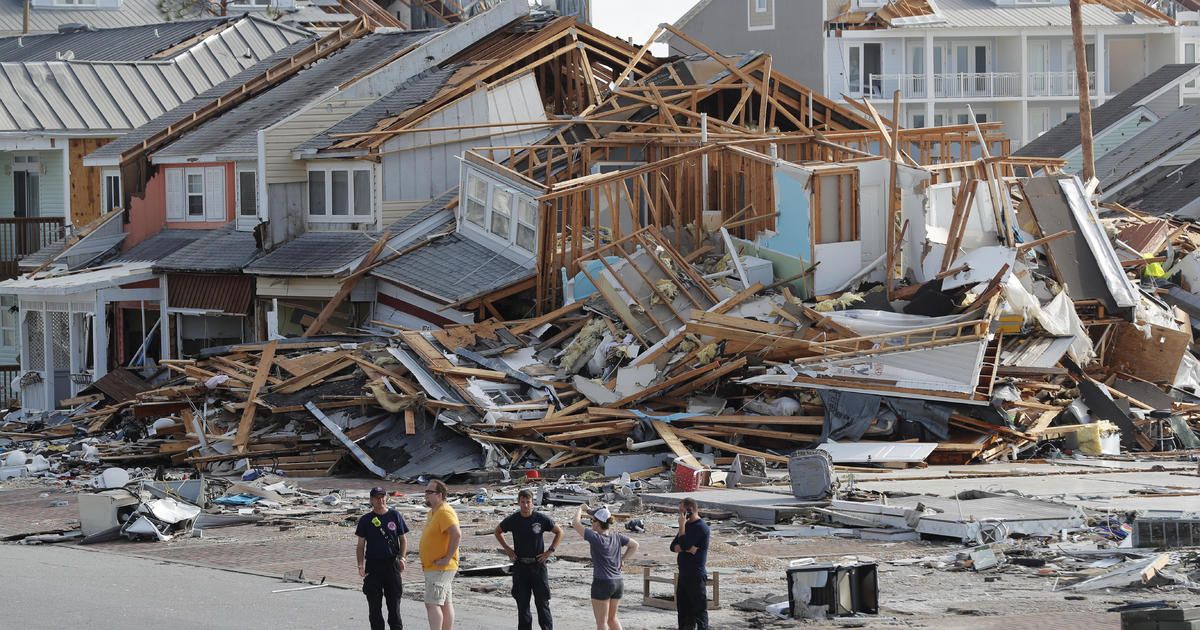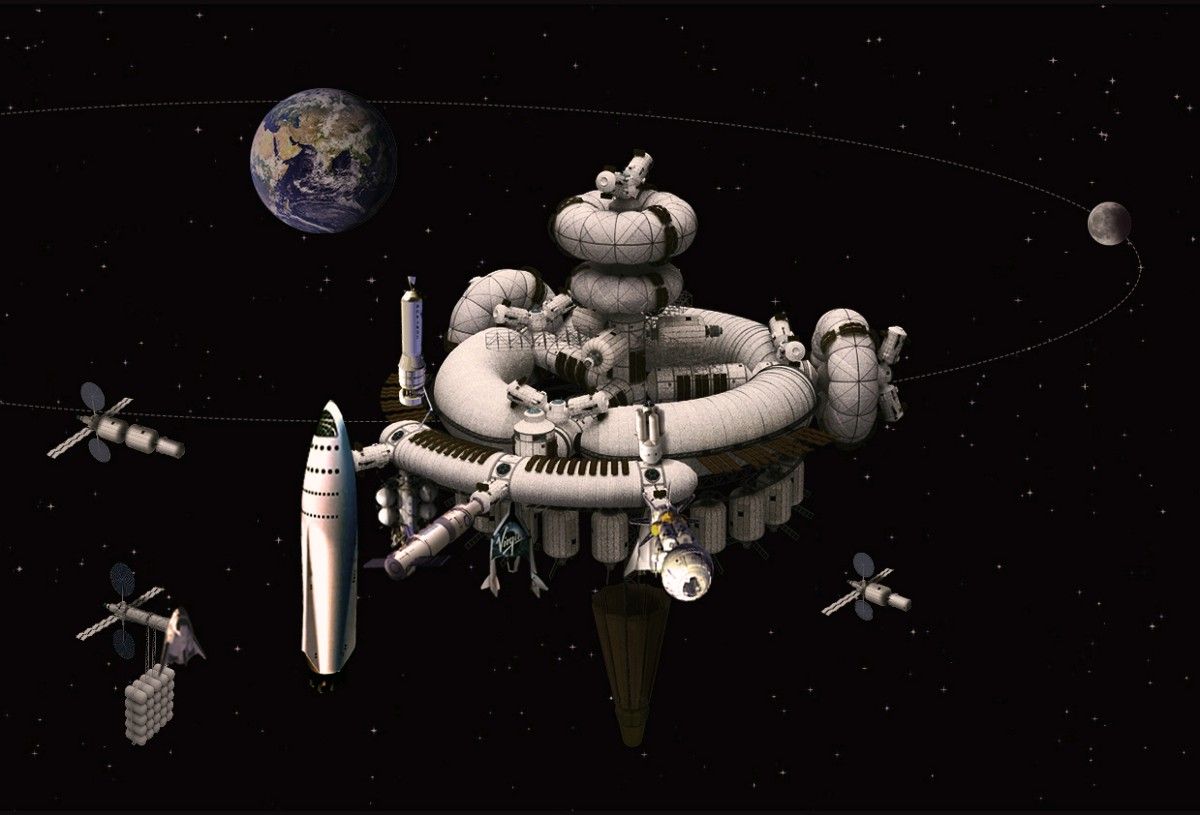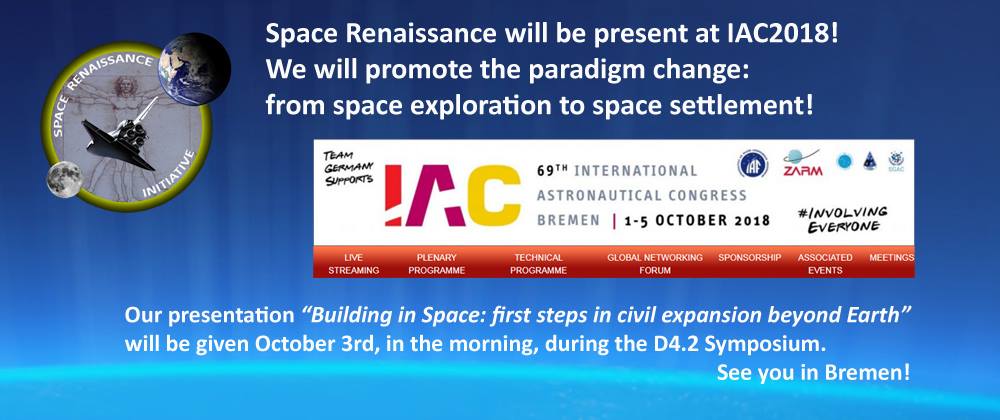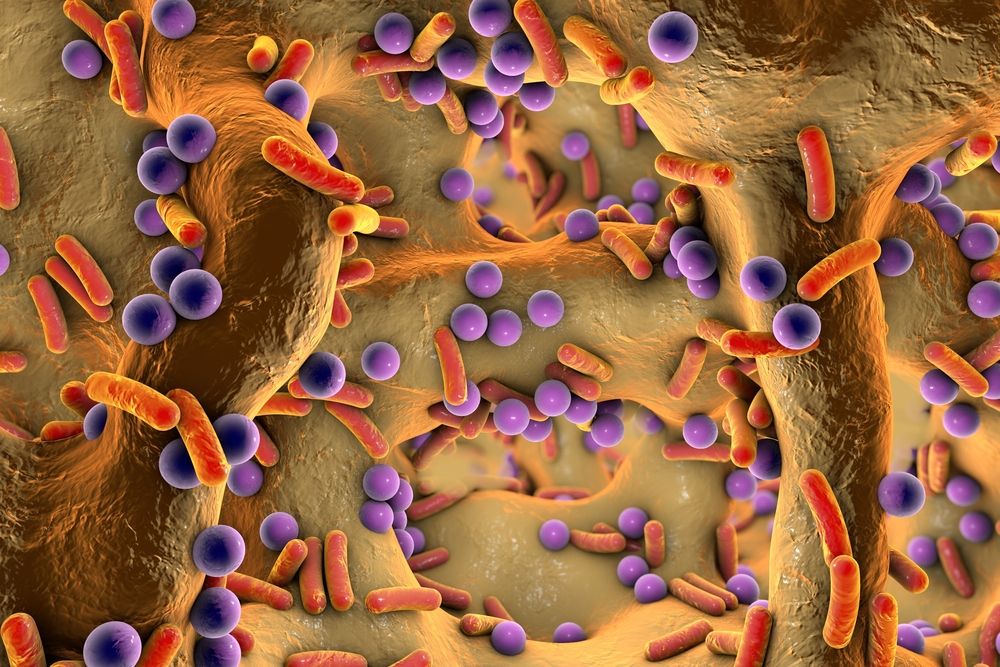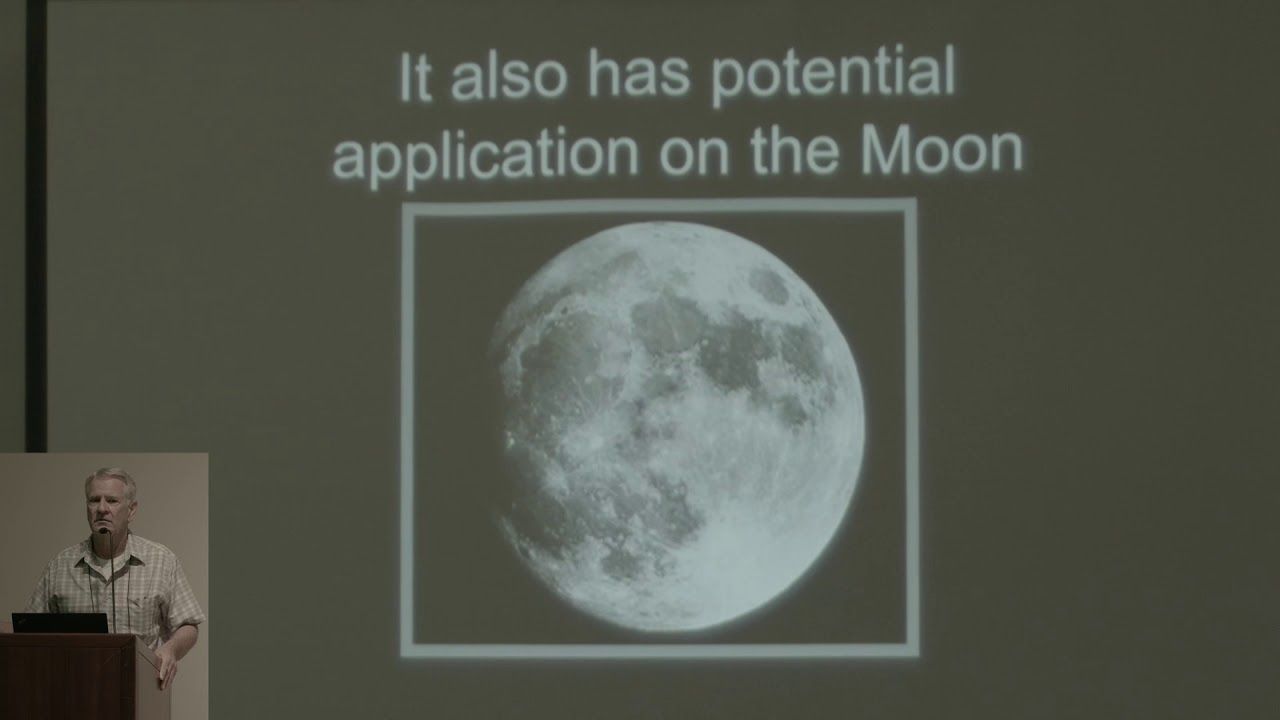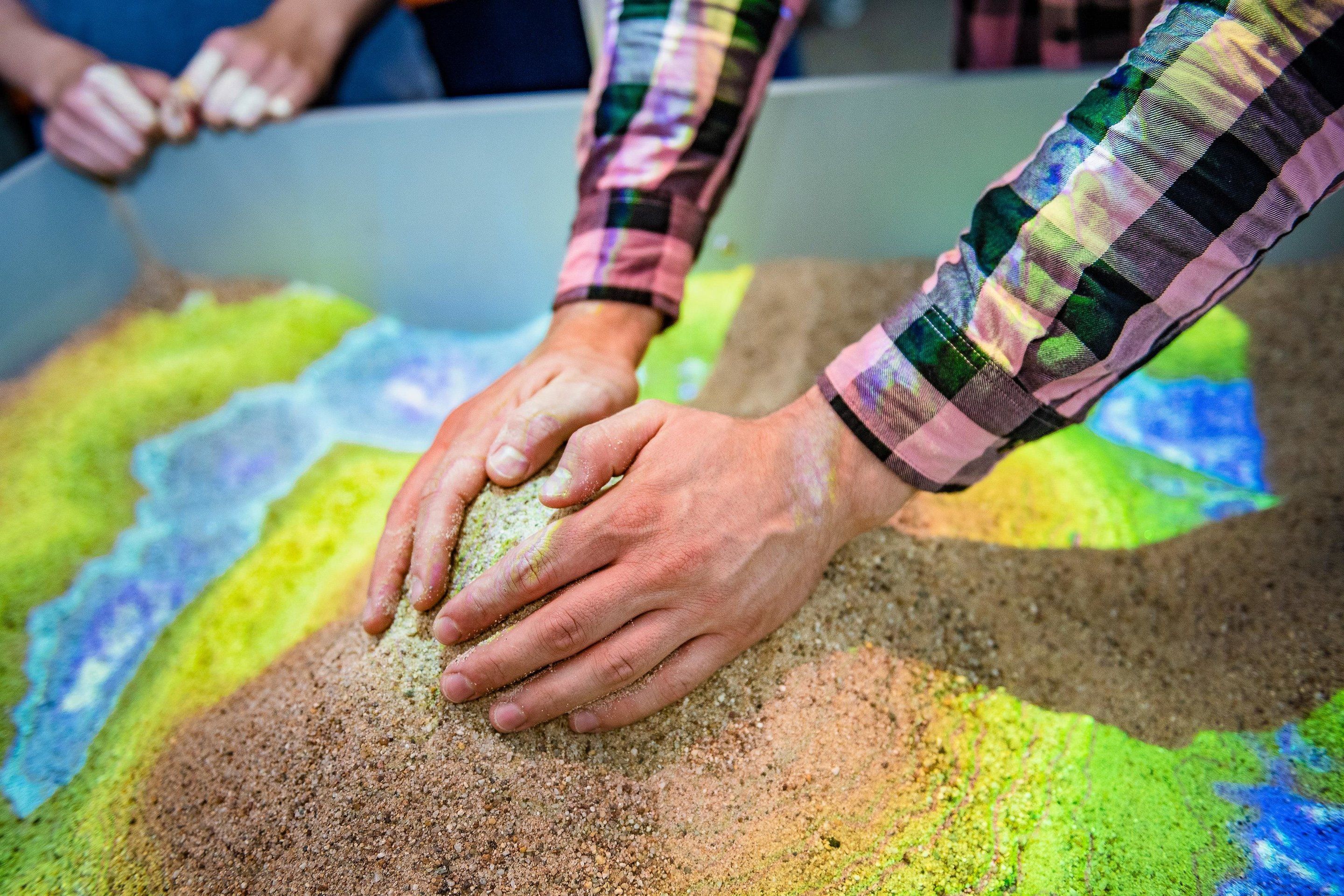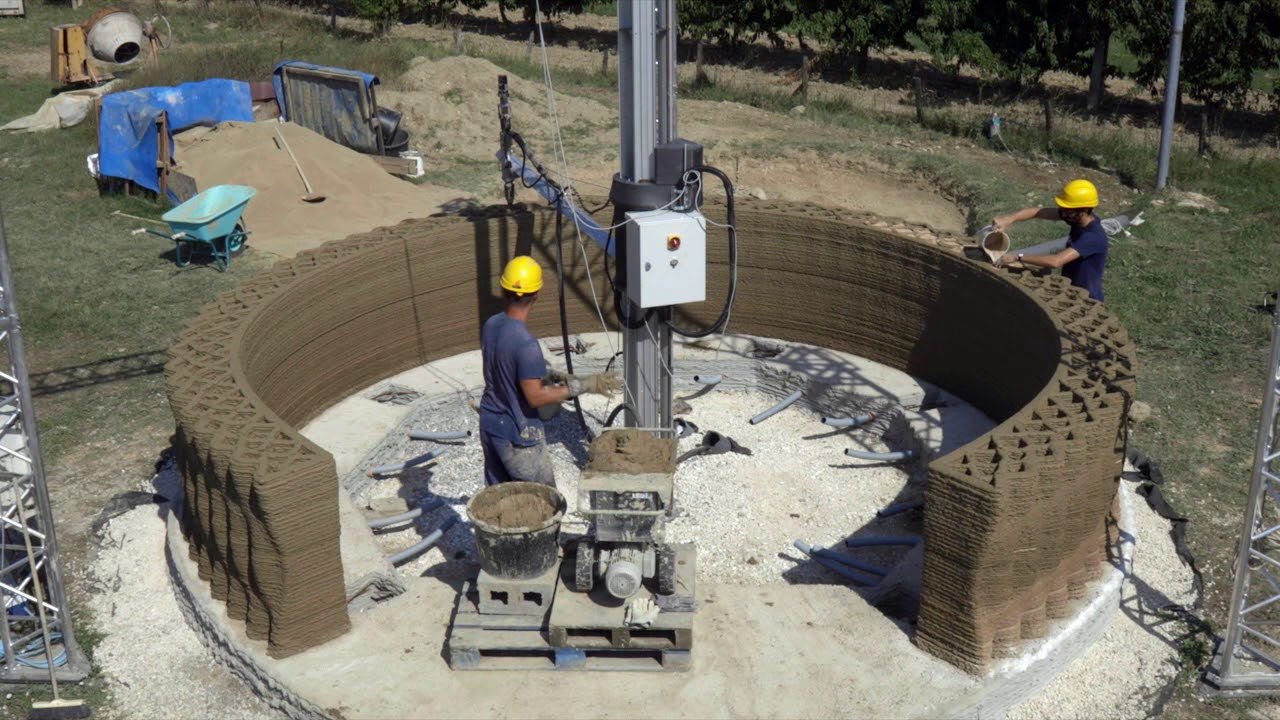Backed by startup incubator Y Combinator, Acre Designs is poised to transform the house building industry with prefabricated, net zero energy homes that are affordable and sustainable.
Category: habitats – Page 104
Hurricane Michael hits Florida
Posted in climatology, habitats
How I designed a space outpost
Posted in food, habitats, health, space travel
As a Master’s student at University of Houston’s Sasakawa International Center for Space Architecture (SICSA), I was exposed to many interesting aspects of space exploration. One that I’m particularly intrigued about is the daily lives of astronauts, and their most mundane activities — how they sleep, eat, shower, exercise, work, etc. When the time came to choose what to focus on for my design thesis, I knew it would have something to do with habitation, community, and daily lives in space.
My undergrad was in architecture and urban studies with an equal emphasis on both. This gave me an understanding of how dwellings changed throughout the centuries in relation to the evolution of cities. I think in most cases, our definition of “home” is very intertwined with our definition of “city”. And I believe as humans set sail for the stars, this intertwining will stay strong. What defines a home and a city varies greatly from culture to culture, and changes with time. However, in a broad sense, a home is for your personal and intimate activities, alone or with close family members, and a city is a collection of private and public areas where the community can interact and coexist.
Some industrial activities can give a ROI in a reasonable times. Recovery and reuse of space debris and wreckages, at least in its recovery part, is very much needed, for orbital safety. With proper orbital infrastructures, to capture debris, the logical next step will be to re-process them, getting powders for 3D printing, a platform for orbital ISRU, very first bricks of orbital factories. Assembly of satellites and vehicles in orbit is a large industrial perspective, that will decrease the cost of design, construction and launch: a first step towards a self sustaining space industrial development. There’s a number of in-orbit operations: transport and maintenance of satellites in orbit, refuelling stations, repair shops, orbital sites, orbital yards, spaceports, habitats. All the activities tied to space tourism, such as hotels and lodging facilities, passengers transportation systems (Earth-Orbit, inter-orbit, Earth-Moon). Products from zero gravity, asteroid and lunar mining are other very promising industrial activities, on which several startups were already born.
Priority to enabling technologies.
A study from the UNC School of Medicine showed that the protein NLRP12, known for its anti-inflammatory effects, also protects mice on a high-fat diet against obesity and insulin resistance; it might have a similar effect in humans [1].
Study abstract
In addition to high-fat diet (HFD) and inactivity, inflammation and microbiota composition contribute to obesity. Inhibitory immune receptors, such as NLRP12, dampen inflammation and are important for resolving inflammation, but their role in obesity is unknown. We show that obesity in humans correlates with reduced expression of adipose tissue NLRP12. Similarly, Nlrp12/ mice show increased weight gain, adipose deposition, blood glucose, NF-kB/ MAPK activation, and M1-macrophage polarization. Additionally, NLRP12 is required to mitigate HFD-induced inflammasome activation. Co-housing with wild-type animals, antibiotic treatment, or germ-free condition was sufficient to restrain inflammation, obesity, and insulin tolerance in Nlrp12/ mice, implicating the microbiota. HFD-fed Nlrp12/ mice display dysbiosis marked by increased obesity-associated Erysipelotrichaceae, but reduced Lachnospiraceae family and the associated enzymes required for short-chain fatty acid (SCFA) synthesis.
Mike Dunn talked about the use of lava tubes for the Moon and Mars habitats. Mike has worked on The Mars Lava Tube Pressurization Project’s (MLTPP).
Predicting flood risk better
Posted in engineering, finance, habitats
90% of natural disasters are flood related. Flooding will occur and people will build in areas that can and will flood so how can we change the outcomes in the future? Why not have floating homes that are anchored to their site but rise and lower with the flood with zero damage? I am about to start a new company that can manufacture those homes. If you want to know more contact me directly.
Engineers at Ruhr-Universität Bochum have developed a new statistical model that predicts how likely extreme flood events are in Germany. In contrast to earlier models, they distinguish between several types of floods with different causes, such as heavy rain, snow or spatially extended rain events with long durations. The model improves the assessment of flood risks and to plan appropriate protective measures. The team led by Professor Andreas Schumann from the Institute of Hydrology, Water Resources Management and Environmental Engineering reports on its work in the Bochum science magazine Rubin.
In their model, the hydrologists distinguish between three main types of flood, which stem from different causes: heavy rain, which lasts one or two days; prolonged rain over four to five days; and snow-related flooding.
In general, annual maximum values are analysed statistically without distinguishing between the different types of flooding. However, this is precisely what is required in order to estimate the likelihood of flooding under consideration of the regional conditions. Brief, localised heavy rain can, for instance, cause rivers to break their banks if their catchment is small, but for large river basins events with long durations are more relevant, which result in an overlay of flood waves from tributaries.
A recent contest challenged participants to create utopian designs of future human Mars settlements, and their creations are stunning.
In the HP Mars Home Planet Rendering Challenge, over 87,000 people from all over the world flexed their creative muscles to design the perfect colony on the Red Planet. Last summer, when HP launched the challenge, the participants started working on their designs, and the winners were announced on Aug. 14.
This challenge wasn’t just about creating a pretty, futuristic-looking, idealistic Martian colony. Indeed, the designs also had to show how the settlements would support 1 million colonists. The surface of the Red Planet is harsh, with an extremely thin atmosphere, intense radiation and dust storms that occasionally envelop the planet. [Mars Ice Home: A Red Planet Colony Concept in Pictures].
 Someday, people across the world will look back on September 2018, much like we look back on the terror attacks of 9/11 or the safe return of Apollo 13 in 1970. They are touchstone moments in world history. For Americans, they are as indelible as Pearl Harbor, the assassination of John F. Kennedy or the first moon landing.
Someday, people across the world will look back on September 2018, much like we look back on the terror attacks of 9/11 or the safe return of Apollo 13 in 1970. They are touchstone moments in world history. For Americans, they are as indelible as Pearl Harbor, the assassination of John F. Kennedy or the first moon landing.
So, what happened just now? The month isn’t even half over, and the only events we hear about on the news are related to Hurricane Florence and Paul Manafort. (In case you live under a rock or are reading this many years hence, the hurricane made landfall on the coast of the Carolinas, and the lobbyist / political consultant / lawyer / Trump campaign chairman pled guilty to charges and has agreed to cooperate in the continuing Mueller investigation).
No—I am not referring to either event on the USA east coast. I am referring to a saga unfolding 254 miles above the Earth—specifically a Whodunit mystery aboard the International Space Station (ISS). NASA hasn’t seen this level of tawdry intrigue since astronaut Lisa Marie Nowak attacked a rival for another astronaut’s affection—driving across the country in a diaper to confront her love interest.
So What is the Big Deal This Week?!
It didn’t begin as a big deal—and perhaps this is why mainstream news services are slow to pick up on the latest information. But now, in my opinion, it is a very big deal.
A small hole was discovered on a Russian Soyuz spacecraft (a lifeboat) attached to the International Space Station. That hole, about the size of a pea, resulted in the slow decompression of atmosphere. The air that our astronauts breathe was leaking out of ISS and into the void of space.
So far, the story is unremarkable. Ground scientists issued two comfort statements about the apparent accident. They addressed the possible cause and the potential risk:
- This small hole could have occurred on the ground (during construction). Alternatively, it could be the result of a micro-meteorite or even man-made space debris. Perhaps a fleck of varnish peeled off of a satellite and collided at high speed with the massive, orbiting space station. No problem. The ISS and each commuter spacecraft that dock with it are designed to sustain collisions with small particles—even ones that punch a pea-sized hole through the hull.
- Air pressure in the ISS and in each spacecraft is only 1 atmosphere. This type of small leak could effectively be stemmed by simply applying duct tape.
The initial news event was interesting to space buffs, but it didn’t seem to present a significant threat to our astronauts, nor require a massive technical response. You may recall that duct tape played a critical role in getting the Apollo 13 astronauts safely back to Earth almost 50 years ago. The crisis that they faced was far worse. The solution required extensive impromptu engineering both in Houston and up in the spacecraft. What an awesome historical echo and footnote to an event that captured the hearts and minds of so many people back in 1970.
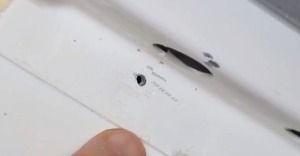 But the story does not end with a piece of duct tape. In fact, it just got much more interesting…
But the story does not end with a piece of duct tape. In fact, it just got much more interesting…
After a few days, NASA revealed that the hole was intentionally drilled, and the deed probably occurred while the ship was docked at the space station. Since there is no log of activity with tools in this section of the laboratory, it strongly suggests an act of sabotage by one of the astronauts on board.
And now, we have some new information: Guided by ground engineers, astronauts fished an endoscope through the hole to inspect the outside of the spacecraft. Guess what?! That same drill bit damaged the meteorite shield which stands 15 mm beyond the pressurized hull of the spacecraft. This will add significant risk to anyone traveling back to earth in the damaged ship.
- Hole drilled in ISS spacecraft: More damage than thought
- Procedre to localize ISS leak: Frist measure pressure; then ultrasonic audio
- Escape plan, in case of a more serious event on ISS?
Philip Raymond co-chairs CRYPSA, hosts the New York Bitcoin Event and is keynote speaker at Cryptocurrency Conferences. He sits on the New Money Systems board of Lifeboat Foundation and is a top Bitcoin writer at Quora. Book a presentation or consulting engagement.
WASP, the Italian manufacturer behind DeltaWASP 3D printers, has unveiled a new construction system which will be used to print sustainable houses in a village.
The Crane WASP, also referred to as the “the infinity 3D printer” is designed to accelerate the development of the technological village of Shamballa, a WASP project to develop 3D printed eco-friendly houses. The company states.
“Crane WASP the Infinity 3D printer reinterprets the classic building cranes from a digital manufacturing point of view. It is composed of a main printer unit that can be assembled in different configurations depending on the printing area and therefore on the dimensions of the architectural structure to be calculated in 3D.”

